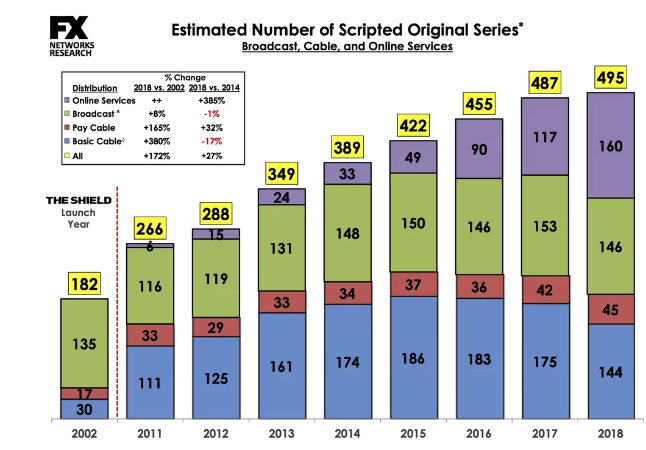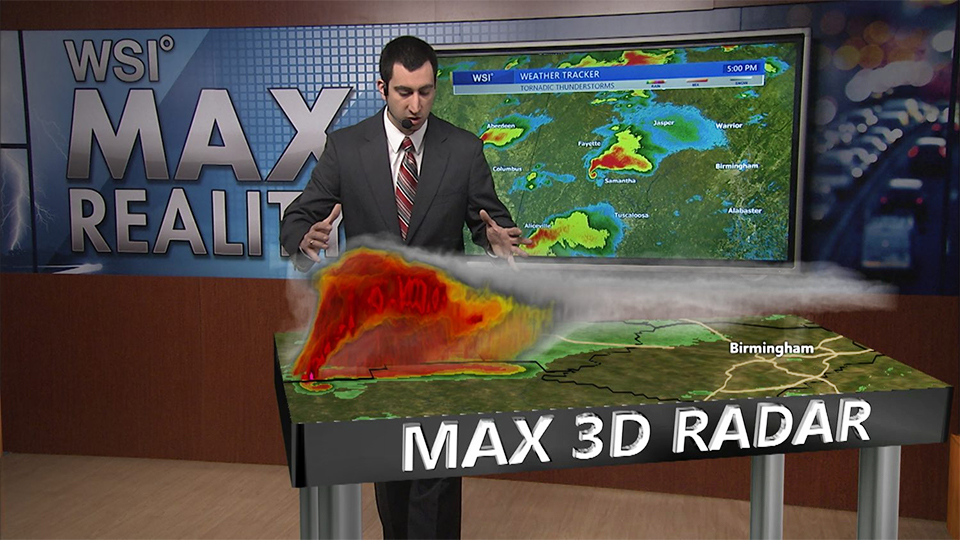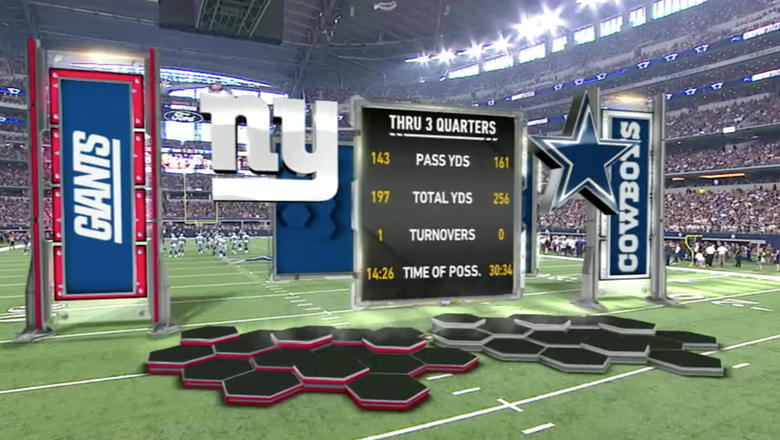A Couple of Notes on Adam’s Work History
Check out the station where it all started for Adam, WCAT
You can also get involved in WCTV and perhaps work with Adam: http://wctv.org/membership/
The Difference between screen types
(Source: https://www.samsung.com/au/support/tv-audio-video/differences-between-lcd-led-and-plasma-tv/)
LCD
- Use Cold Cathode Fluorescent Lights (CCFLs) to illuminate the screen. CCFLs are similar to fluorescent lights. They use charged gas to produce light.
- Can be used both as a superb PC monitor and an amazing TV without sacrificing picture quality.
- Contain motion blur on lower end models.
- Have backlight uniformity issues.
- Have limited viewing angle.
LED
- Use Light Emitting Diodes (LEDs) to create the images on the screen.
- Offer mega contrast ratios — the brightest white to the darkest black a TV is capable of producing.
- Are lightweight, easy to wall-mount, and movable from one room to another.
- Work equally well in dark or brightly lit rooms.
- Are highly efficient power consumers. Depending on the series and screen size, Samsung’s LED TVs in standard mode can be up to 50 percent more efficient than the latest ENERGY STAR specifications.
Plasma
- Have screens that light up small cells of gases (xenon and neon) between two plates of glass, which offer very bright and crisp images even on a large screen surface.
- Contain phosphors that create the image on the screen light up themselves and don’t require backlighting.
- Offer a large screen size which ranges typically from 42” to 63”.
- Work well in dimly lit rooms which is great for watching movies.
- Offer high contrast ratios, gorgeously saturated colours, and allow for wide viewing angles — meaning every seat in the house is a great one.
- Can track fast-moving images without motion blur, thus plasma is ideal for watching action-packed sports or playing video games. The sharpness of visual detail is astonishing.
Is It Just Me, Or Are There Sooooo Many Shows?
(Source: https://ew.com/tv/2018/12/13/number-tv-shows-2018/)
It’s not just you. According to an FX Survey, there was a record 495 scripted original series made available in 2018 In case you’re wondering, that includes originals from non-cable outlets like Netflix and Amazon.

Streaming Vs Live TV
Or is it “plus” not “vs”? With the dropping number of cable subscribers, cable companies are giving organizations like WCTV less money. So they’ve started looking for ways to make up that shortfall, like business sponsorships. They’re also looking for ways to get their content out to non-cable subscribers. You can watch some of their content on their Castus Channel: https://wilmington.vod.castus.tv/vod/?video=e31d2e82-3d0f-4519-b250-c217f7685fdf&nav=live
Graphics: The Next Generation
While sports tend to be the best users of screen space, they also tend to be the worst. Exhibit A:

Here’s a couple of examples of how Augmented Reality is allowing for 3D Graphics

 (
(
Source: https://www.newscaststudio.com/2017/07/20/augmented-reality-in-broadcasting/ )
Where’s My 3D TV?
No where, that’s where:
https://www.lifewire.com/why-3d-tv-died-4126776
Food for Thought
Philo Farnsworth was just 14 when he had the idea that would become television. He wasn’t the first person to dream up television–he was the first person to find a way to make it work without a mechanical aspect. He used electronic tech to transmit the image instead of mechanical tech.
(Source: https://www.smithsonianmag.com/smart-news/farmboy-who-invented-television-while-plowing-180964607/)








